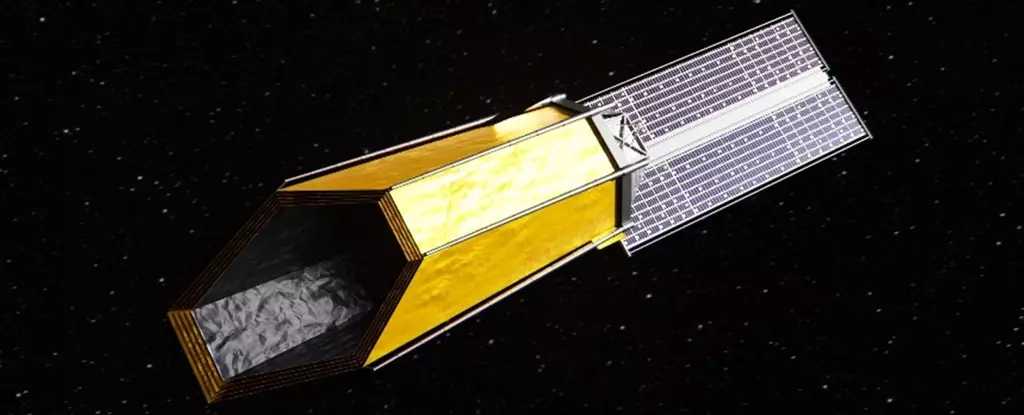NASA has set its sights on the stars with the ambitious mission to build a telescope dedicated to hunting for habitable worlds. The proposed ‘Habitable Worlds Observatory’ (HWO) may be at least a decade away from completion, but the groundwork has already begun. Three companies have been chosen to spearhead the research and development of cutting-edge optics, mission designs, and telescope features, with a hefty budget of $17.5 million. The goal is to start work by late summer 2024, marking the beginning of a new era in space exploration.
The HWO’s primary objective is to launch a sophisticated space telescope capable of directly imaging Earth-like planets orbiting stars similar to our Sun. In addition to capturing these distant worlds, the telescope will analyze their atmospheres for key chemical signatures that could indicate the presence of alien life. While the mission is still in its early stages, dedicated teams are already strategizing the scientific goals and logistical challenges that lie ahead.
Recent discoveries in exoplanet research suggest that nearly one in every five stars could harbor an Earth-like planet within its cosmic embrace. The quest for extraterrestrial life hinges on the assumption that alien life forms may share similarities with our own biology. By focusing on familiar chemical markers such as oxygen and methane, the HWO aims to increase the chances of detecting life as we know it, rather than venturing into uncharted territories.
Pioneering Technological Breakthroughs
NASA’s call for cutting-edge proposals earlier this year marked the first step towards developing the innovative technologies necessary for the success of the HWO mission. From designing a next-generation coronagraph capable of blocking out starlight to maintaining optical precision at the atomic level, the technical demands are nothing short of daunting. Three proposals have now been chosen, each awarded a two-year contract worth $17.5 million to kickstart the development process.
Forging The Path Forward
The selected companies – BAE Systems, Lockheed Martin, and Northrop Grumman – are tasked with delivering vital components that will form the backbone of the HWO’s advanced technology. This includes an ‘ultra-stable’ optical system, an integrated modelling infrastructure for design comparisons, and critical advancements in telescope operations. NASA will oversee the entire process, ensuring that the outcome lays the groundwork for the next phase of the mission’s development.
While the HWO project is a bold new endeavor, it is not the first of its kind. Insights gained from previous missions such as the James Webb Space Telescope and the upcoming Nancy Grace Telescope will inform and guide the progression of the Habitable Worlds Observatory. By building upon past experiences and technological advancements, NASA is poised to unveil the secrets of the universe and pave the way for a future where the search for life beyond our planet is not just a dream, but a tangible reality.


Leave a Reply